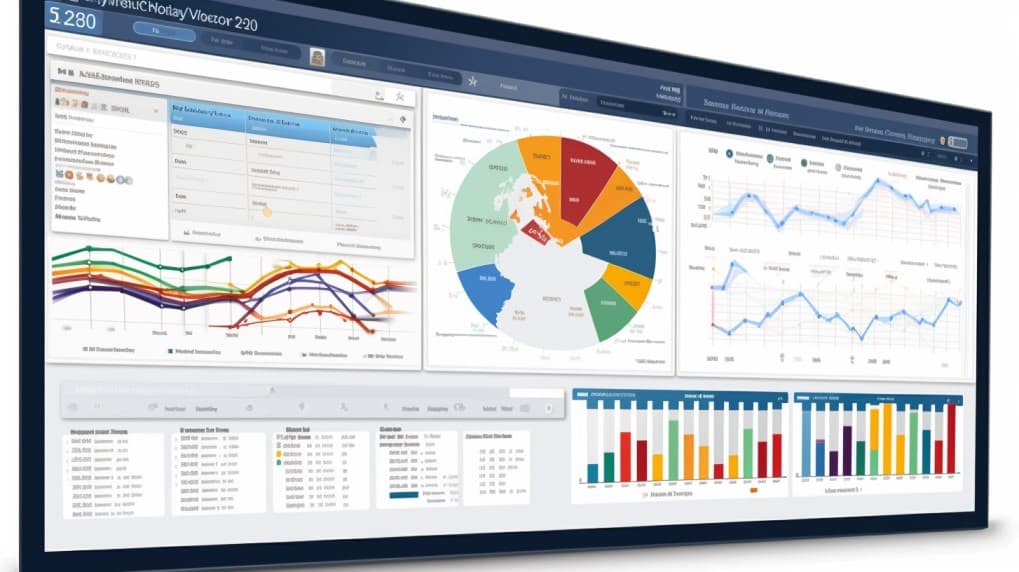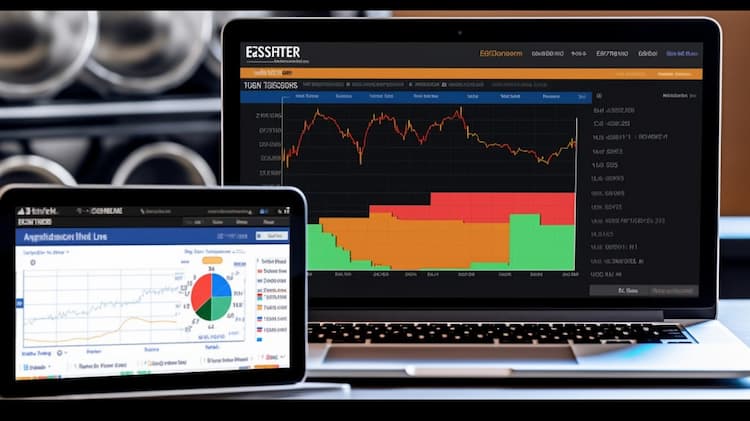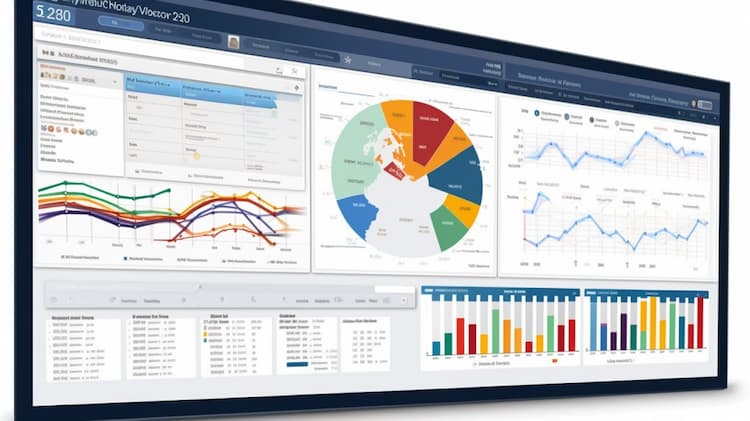
IEO VS XLE
Exchange-Traded Funds (ETFs) have become essential tools for investors, offering diverse exposure to different sectors and asset classes. In this article, we will conduct a thorough comparison between two popular ETFs: IEO (iShares U.S. Oil & Gas Exploration & Production ETF) and XLE (Energy Select Sector SPDR Fund). We'll delve into various aspects, including ETF tickers, full names, issuers, sectors, top holdings, capitalization, strategy, tracking, and exposure.
IEO VS XLE: Overview
IEO and XLE are two ETFs that cater to the energy sector but with distinct focuses. While IEO primarily targets companies involved in oil and gas exploration and production, XLE covers a broader spectrum of energy-related companies, including those in oil, gas, and energy equipment and services. Understanding their differences in focus is crucial for investors looking to align their investments with specific industry segments.
IEO VS XLE: Sectors and Top Holdings
IEO is highly concentrated in its sector exposure, with its top holdings consisting of companies like EOG Resources, Pioneer Natural Resources, and ConocoPhillips. In contrast, XLE offers a more diversified approach, including major integrated energy companies such as ExxonMobil and Chevron. Analyzing the sectors and top holdings helps investors choose an ETF that matches their risk tolerance and sector preferences.
 IEO overlap IEO VS XLE
IEO overlap IEO VS XLE
IEO VS XLE: Capitalization and Strategy
When it comes to asset under management (AUM), both IEO and XLE are significant players in the energy ETF space, reflecting their popularity among investors. IEO's strategy revolves around companies directly involved in the exploration and production of oil and gas, making it more susceptible to commodity price fluctuations. XLE, with its broader approach, may offer more stability, but investors should consider the varying potentials for returns and risks associated with each strategy.
IEO VS XLE: Tracking and Exposure
IEO aims to provide investors with exposure to companies engaged in the exploration and production of oil and gas. Its tracking method involves closely following the performance of these companies. On the other hand, XLE tracks the Energy Select Sector Index, encompassing various energy-related industries. Understanding the tracking and exposure strategies is essential for investors to select the ETF that aligns with their specific investment goals and outlook on the energy sector.
Conclusion
IEO and XLE are both valuable ETFs, each offering a unique approach to investing in the energy sector. For investors seeking in-depth insights into their holdings, correlations, overlaps, and other critical information, ETF Insider serves as the ultimate tool. With its user-friendly app, it provides comprehensive details on these and other financial instruments.
Disclaimer: This article does not provide any investment advisory services.
IEO ETF issuer
IEO ETF official page
XLE quote and analysis
Discover the top holdings, correlations, and overlaps of ETFs using our visualization tool.
Our app allows you to build and track your portfolio.
To learn more about the XLE Energy Select Sector SPDR Fund, access our dedicated page now.



























